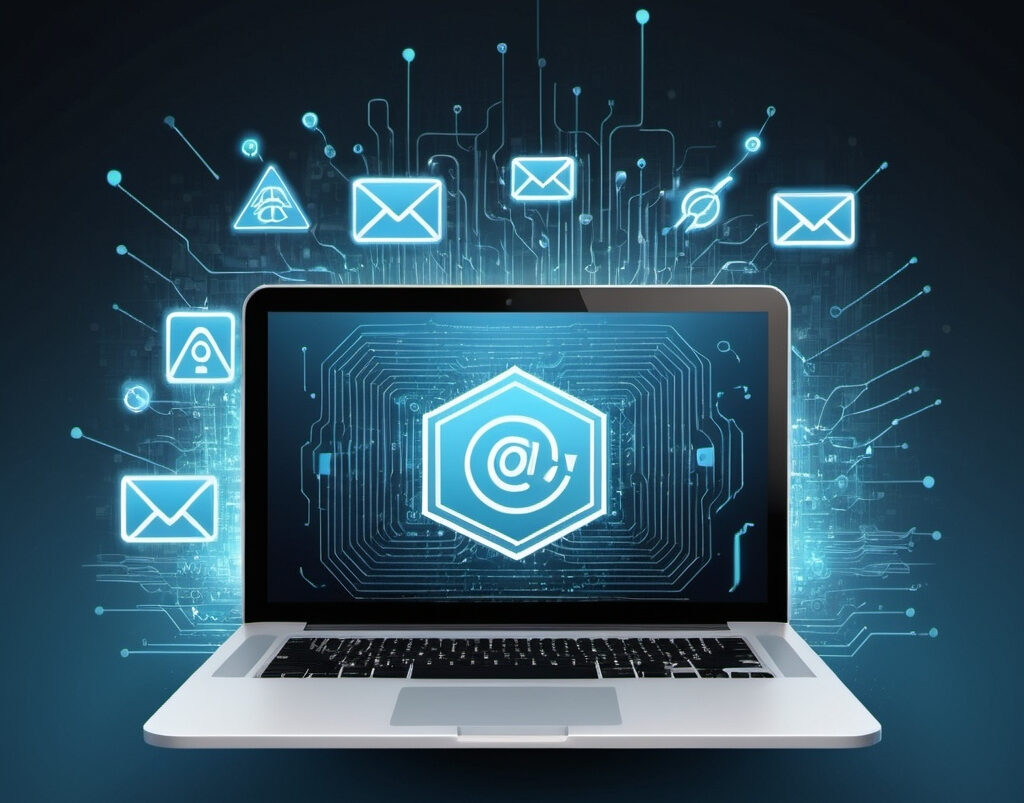In today’s digital landscape, email remains one of the most effective communication tools for businesses. However, the challenge of ensuring that your emails actually reach their intended recipients can be complex. This is where email deliverability comes into play. In this blog post, we’ll explore what email deliverability is, the evolution of spam filters, the importance of IP warming, reputation metrics, authentication methods, and how to improve deliverability. We’ll also touch on how marketing fatigue and AI influence email performance.
What is Email Deliverability?
Email deliverability refers to the ability of your email to successfully land in the recipient’s inbox, rather than their spam or junk folder. It’s a critical metric for any email marketing campaign because even the most compelling content won’t make an impact if it doesn’t reach the intended audience. Deliverability is influenced by several factors, including your sending practices, the quality of your email list, and the reputation of your sending domain and IP address.
The Evolution of Spam Filters
Spam filters have evolved significantly over the years. Initially, spam filters relied on simple keyword-based techniques to identify and block unwanted emails. Today, they use sophisticated algorithms and machine learning to analyze a variety of factors, including sender reputation, email engagement, and historical data.
Modern spam filters employ techniques such as:
- Heuristic Analysis: Examining the structure and content of emails for patterns associated with spam.
- Bayesian Filtering: Using statistical models to predict the likelihood of an email being spam based on historical data.
- Machine Learning: Leveraging AI to continually improve filtering accuracy based on user interactions and evolving spam tactics.
What is IP Warming and Why is it Important?
IP warming is the gradual process of increasing the volume of emails sent from a new IP address to build its reputation with Internet Service Providers (ISPs). This process helps establish trust and avoid being flagged as a spammer. Here’s why it’s important:
- Building Reputation: ISPs monitor new IP addresses for suspicious behavior. Gradually increasing the volume helps build trust.
- Avoiding Blacklisting: Rapidly sending large volumes of email can raise red flags and lead to blacklisting.
- Improving Deliverability: A well-warmed IP address is less likely to be flagged as spam.
Reputation Metrics and Spam Filters
Your sender reputation significantly impacts email deliverability. Key reputation metrics include:
- Open Rates: The percentage of recipients who open your emails.
- Click-Through Rates (CTR): The percentage of recipients who click on links within your emails.
- Bounce Rates: The percentage of emails that fail to deliver to recipients’ inboxes.
- Spam Complaints: The number of recipients marking your emails as spam.
Spam filters use these metrics to assess the trustworthiness of your email campaigns. Maintaining high engagement rates and low bounce and complaint rates is crucial for preserving a positive reputation.
Authentication Protocols: SPF, DKIM, DMARC
Email authentication protocols are essential for verifying the legitimacy of your emails and protecting against spoofing and phishing attacks.
- SPF (Sender Policy Framework): SPF allows you to specify which IP addresses are permitted to send emails on behalf of your domain. This helps prevent unauthorized senders from impersonating your domain.
- DKIM (DomainKeys Identified Mail): DKIM adds a digital signature to your emails, which allows recipients to verify that the email was sent from your domain and has not been altered in transit.
- DMARC (Domain-based Message Authentication, Reporting & Conformance): DMARC builds on SPF and DKIM by providing a way for you to request reports on email authentication and specify how to handle messages that fail authentication checks.
What Improves Deliverability?
- Build and Maintain a Clean Email List: Regularly clean your list to remove inactive or invalid email addresses.
- Engage Your Audience: Send relevant, personalized content to increase open and click-through rates.
- Monitor and Manage Your Reputation: Keep track of your sender reputation and address any issues promptly.
- Follow Best Practices for Authentication: Ensure SPF, DKIM, and DMARC are correctly configured.
- Optimize Sending Frequency: Avoid overwhelming recipients with too many emails, which can lead to unsubscribes or spam complaints.
- Use a Reputable ESP (Email Service Provider): Choose an ESP with a strong track record in deliverability and compliance.
Marketing Fatigue
Marketing fatigue occurs when recipients become overwhelmed or annoyed by frequent email communications. This can lead to increased unsubscribe rates, spam complaints, and decreased engagement. To combat marketing fatigue:
- Segment Your Audience: Tailor your emails to different segments of your audience for more relevant content.
- Respect Preferences: Allow recipients to choose their email frequency and preferences.
- Provide Value: Ensure that your emails offer valuable content or incentives to keep your audience engaged.
How AI Works with Email Deliverability
Artificial Intelligence (AI) is increasingly being used to enhance email deliverability by:
- Predictive Analytics: AI can predict which emails are likely to be marked as spam based on historical data and user behavior.
- Content Optimization: AI tools can help create more engaging content by analyzing recipient preferences and behaviors.
- Anomaly Detection: AI can identify unusual patterns or behaviors that may indicate potential deliverability issues.
By leveraging AI, businesses can gain deeper insights into their email campaigns and make data-driven decisions to improve deliverability.
Conclusion
Mastering email deliverability is crucial for the success of your email marketing efforts. By understanding and implementing best practices for IP warming, reputation management, authentication, and engagement, you can significantly enhance the chances of your emails reaching the inbox. Stay informed about the latest developments in spam filters and leverage AI to optimize your email strategies. With these tools and techniques, you’ll be well-equipped to navigate the complexities of email deliverability and achieve your marketing goals.


